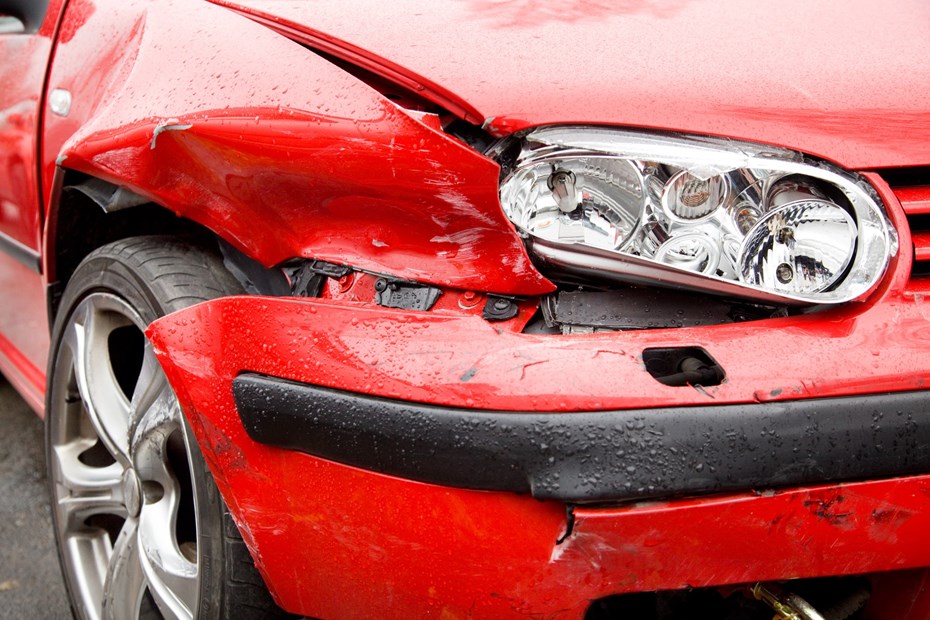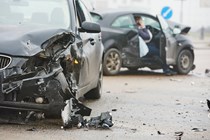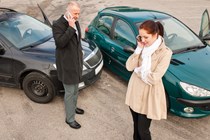If you’re browsing used cars and come across a listing that mentions Cat N or Cat S, it’s important to know what that means before you buy. These terms are linked to insurance write-offs and show that the car has been damaged – but crucially, not necessarily beyond repair.
When a car is involved in an accident, an insurance company decides whether it’s worth fixing. Sometimes, even if the damage is fairly minor, the insurer will ‘write off’ the car because the cost of repairs is higher than its market value. This is where insurance categories come in. Cat N (short for Category N) means the car has suffered non-structural damage. Cat S (Category S) means there has been structural damage – though it’s still repairable in many cases.
While a Cat N or Cat S car can often be safely returned to the road, it’s vital to understand the differences and what they might mean for things like insurance, resale value, and peace of mind. In this guide, we’ll explain what Cat N really means, how it compares with Cat S, and how old categories like Cat D fit into the picture. We’ll also link you to more advice if you’re thinking about buying a repaired write-off.
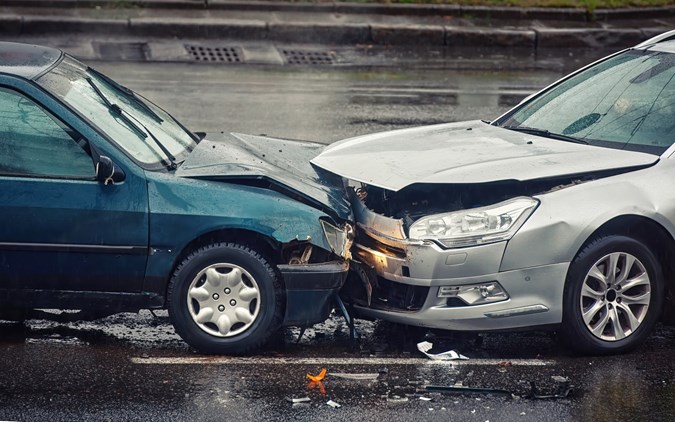
When is a car declared a write-off?
An insurance company will write-off a car when it judges the full cost of repairs exceeds the value of the car. In some cases, it takes only minor damage for the car to be written off if its value is low, or some really expensive components needs replacing. It can also be the case that taking the car apart to ascertain the extent of the damage reveals pre-existing problems that the insurer doesn’t want to get involved with.
If your car is written off, you’ll receive a pay-out from your insurer. If the car is scrap, you’ll get an amount that reflects the car’s market value. Do argue the case if you think you’re being low-balled – you can get a free valuation from Parkers. If the car can be repaired, the pay-out may reflect the likely cost of getting the work done.
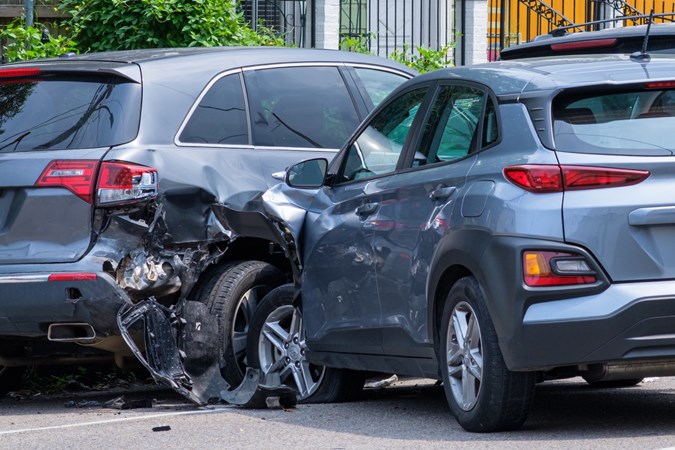
What Is Cat N?
Cat N stands for Category N, where ‘N’ means non-structural damage. This is the least serious type of insurance write-off. It means that although the car has been damaged, there is no harm to its core structure or chassis
Typical Cat N damage might include things like dented panels, cracked bumpers, broken headlights, or cosmetic scrapes. Sometimes a car becomes a Cat N after vandalism, minor accidents, or weather-related incidents.
Because the structural safety of the vehicle isn’t compromised, a Cat N car can usually be repaired and returned to the road. However, insurers sometimes decide that the cost of repairs (especially using brand-new parts) is more than the value of the car, so they issue a write-off.
What Is Cat S?
Cat S means Category S, and the ‘S’ stands for structural damage. This is a more serious classification than Cat N. It shows that the vehicle’s structure – for example, the chassis, crumple zones, suspension mounting points, or sills – has been affected.
Structural components are critical to a car’s crash safety, but many parts are designed to be repairable or replaceable. For instance, a crumple zone might deform in a collision but can be replaced to restore strength. Cat S cars can legally be repaired and returned to the road if the repairs meet appropriate standards. However, fixing structural damage often involves more work, more parts, and higher repair costs.
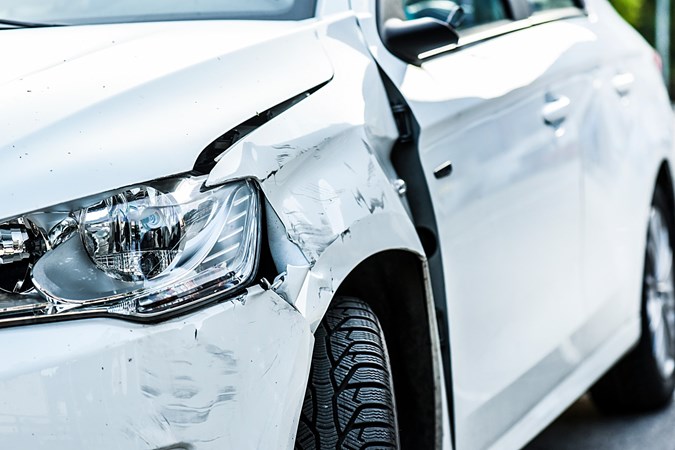
Is Cat S better than Cat N?
In general, a Cat N car is considered less serious than a Cat S car. Cat N vehicles haven’t suffered any structural damage, meaning the original strength and safety of the car should be unchanged once cosmetic repairs are done.
A Cat S car, by contrast, has had damage to its core structure – even if it has been properly repaired, some buyers and insurers see this as a bigger concern. Structural repairs require specialist work, and if done poorly, they could affect how a car behaves in an accident. If you’re comparing two cars – one Cat N and one Cat S – the Cat N is typically seen as the ‘safer’ option, all other things being equal.
Does Cat S or Cat N affect insurance?
Owning a Cat N or Cat S car can affect your insurance – but it depends on your insurer. If you stay with the insurer that repaired and wrote off the car originally, your premiums might not change significantly, as they already know the repair history.
However, if you move to a new insurer, they may charge a slightly higher premium, or even decline to cover the car, depending on their internal policies and how they assess repaired write-offs. In general, insurers see Cat S vehicles as a bigger risk than Cat N, because structural repairs are more complex and harder to guarantee.
Another important point is that if your Cat S or Cat N car is written off again in future, the insurance payout will often be lower than for an equivalent car without a write-off history. That’s because the car’s resale value is affected by its accident record.
Is Cat S the same as Cat D?
Not quite – but they are closely related. Cat D was an old insurance classification used before 2017. It indicated that the cost of repairing the car was close to – or slightly exceeded – its market value, but there was no serious structural damage.
Today, Cat D has essentially been replaced by Cat N. Meanwhile, Cat C, another older category, was used for cars with more serious damage, and that role is now filled by Cat S. So if you see an older car described as Cat D, treat it similarly to a modern Cat N car: minor damage, repairable, but worth checking repair quality carefully.
Should you Buy a Cat N or Cat S car?
There are some good bargains to be had with Cat N and Cat S cars, especially if the damage was minor and the repairs were done professionally. However, buying any written-off car comes with extra risks. You’ll need to check the car’s history carefully, inspect the repairs, and possibly arrange an independent inspection. Some buyers prefer to avoid Cat S cars altogether because of the structural repairs involved.
We’ve created a full guide on whether you should buy an insurance write-off – make sure to read that before making a decision.
Does a written off car cost more to insure?
There’s no concrete answer. But say you’ve bought a car that has been repaired, and you stick with the same insurer, your premium is unlikely to go up – unless you’ve lost your no claims bonus – because they’re happy the work was carried out to a high standard.
However, if you take a written-off car to a new insurer, they may be minded to charge more because they don’t know how well the car was repaired.
The most likely insurance implication for a written off car is that its lower value means you may receive a reduced pay out if the car is subsequently declared a Cat A or Cat B write-off and sent for scrap. It also lowers the threshold at which repairs become uneconomical.
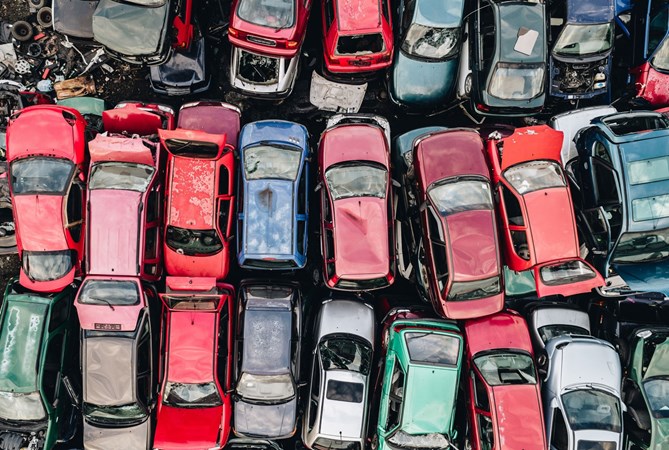
Conclusion
Understanding what Cat N and Cat S mean is essential when shopping for a used car. While a Cat N car may have only cosmetic damage, a Cat S car has had structural repairs – something that can affect insurance, resale value, and peace of mind.
Always check the car’s repair history carefully and weigh up the pros and cons before making a decision. And if you want to know more about the pros and cons of buying a written-off car, and whether it’s right for you, don’t miss our full buying guide.
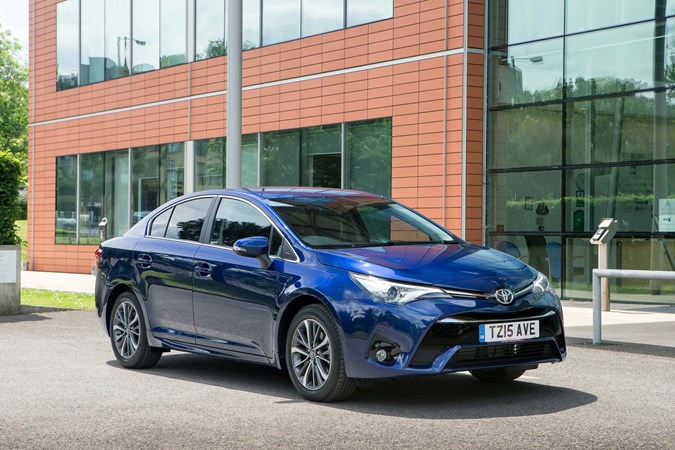
FAQ: Other insurance write-off categories
-
What does Cat D mean on a car?
Category D is a defunct insurance write-off classification that was replaced by Category N. It meant that the car could be repaired, but the cost of doing so exceeded its value. You may still come across used cars described as being a Cat D write-off because the damage occurred when the old classification system was in place.
-
What does Cat C mean on a car?
Category C is another defunct insurance write-off classification that was replaced by Category S. In means the total cost of repairs including parts, labour and transport exceeded the car’s market value.
-
What does Cat B mean on a car?
Category B marks a car out as being so badly damaged that it can’t be repaired to roadworthy condition – it may have rolled over, for instance. Neither can it be sold on as a complete vehicle to anyone other than an officially registered vehicle salvage or scrap yard where parts can be removed for sale and use in repairing another car. Certain parts, particularly the car’s bodyshell and/or chassis – its main structure – must be crushed. It can happen that cars with only minor damage are declared Cat B when post-accident inspections reveal extensive rust, pre-existing unrepaired damage, or sub-standard repairs.
-
What does Cat A mean on a car?
A car that’s declared a Category A write-off is so extensively damaged that it has to go straight in the crusher. You can’t even remove any parts to sell on. Usually, the car will have been burnt out, or involved in a truly devastating crash.
-
What does Cat F mean on a car?
As the name suggests, Category F is given to cars that have sustained minor fire damage. There might have been an electrical fire in the interior or under the bonnet, or the car may have been stood next to a blaze.
-
What does Cat X mean on a car?
You’ll very rarely come across a Category X marker. Such cars typically have very minor damage such as a badly scratched body panel, or the locks were pulled out by a thief.
Just so you know, we may receive a commission or other compensation from the links on this website - read why you should trust us.


